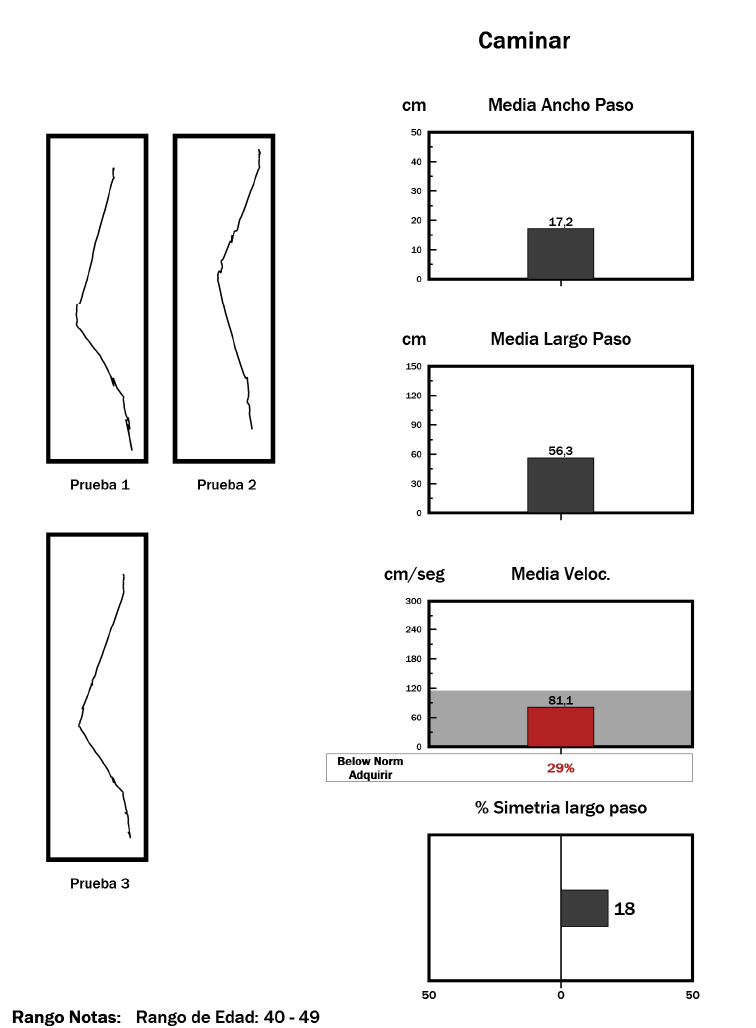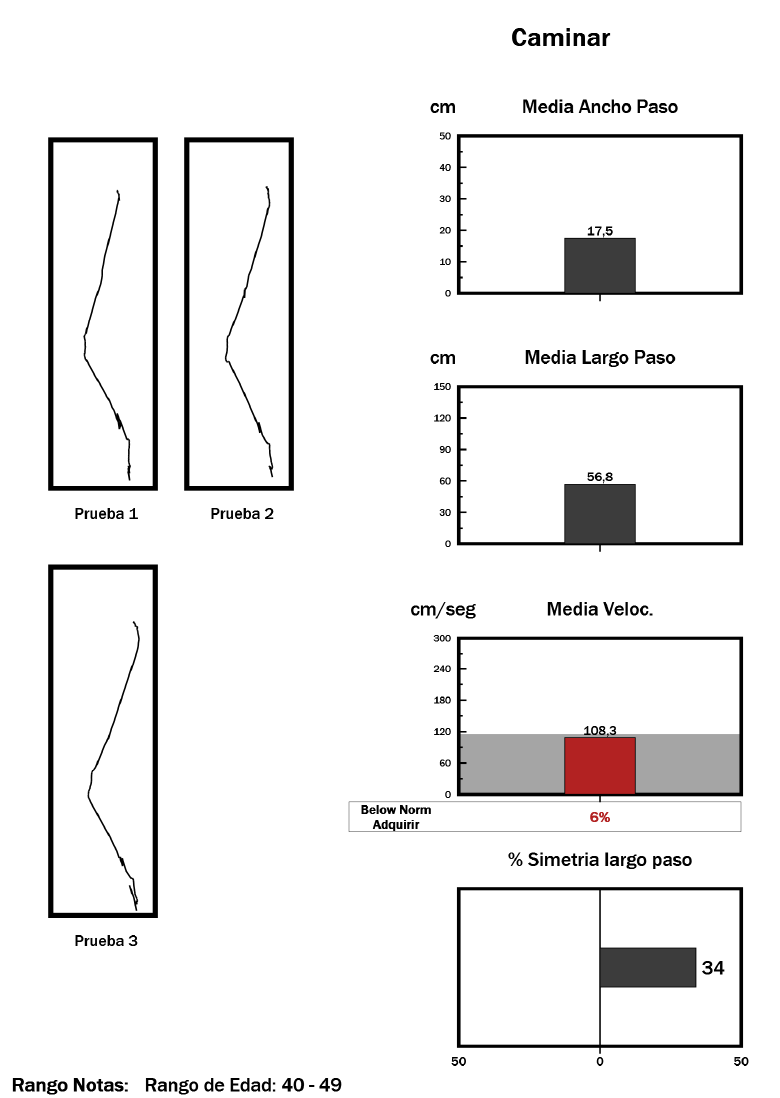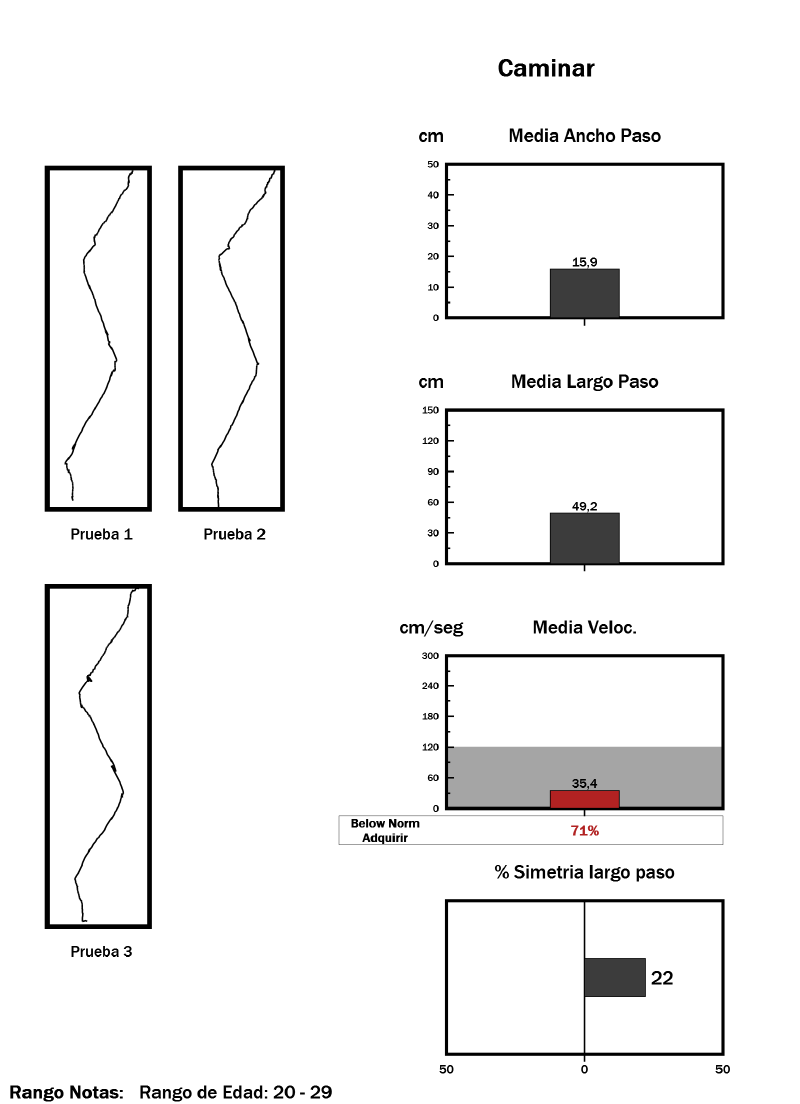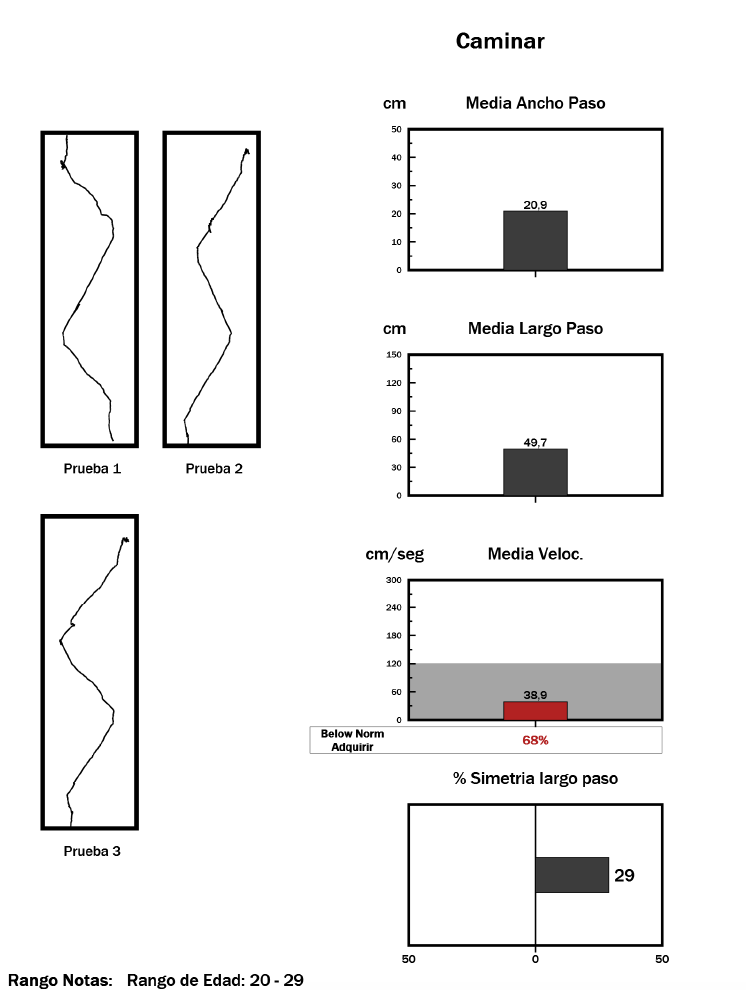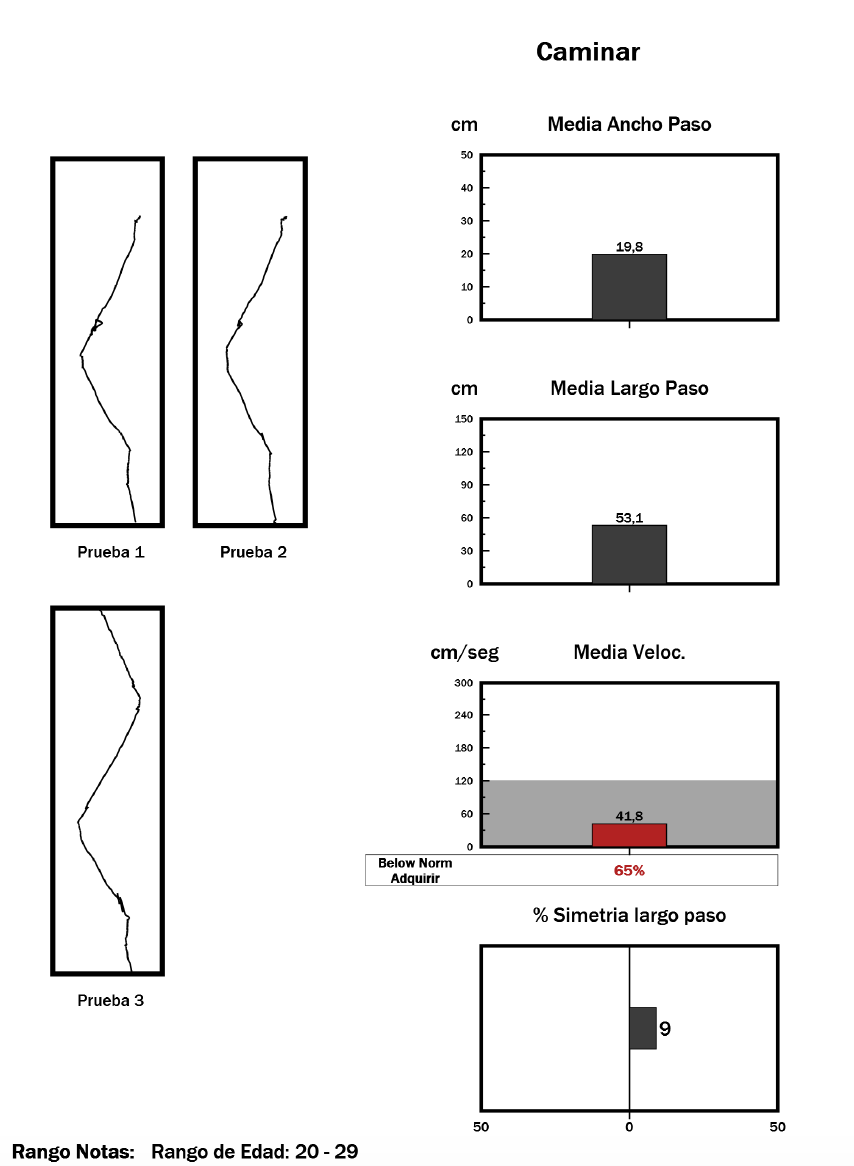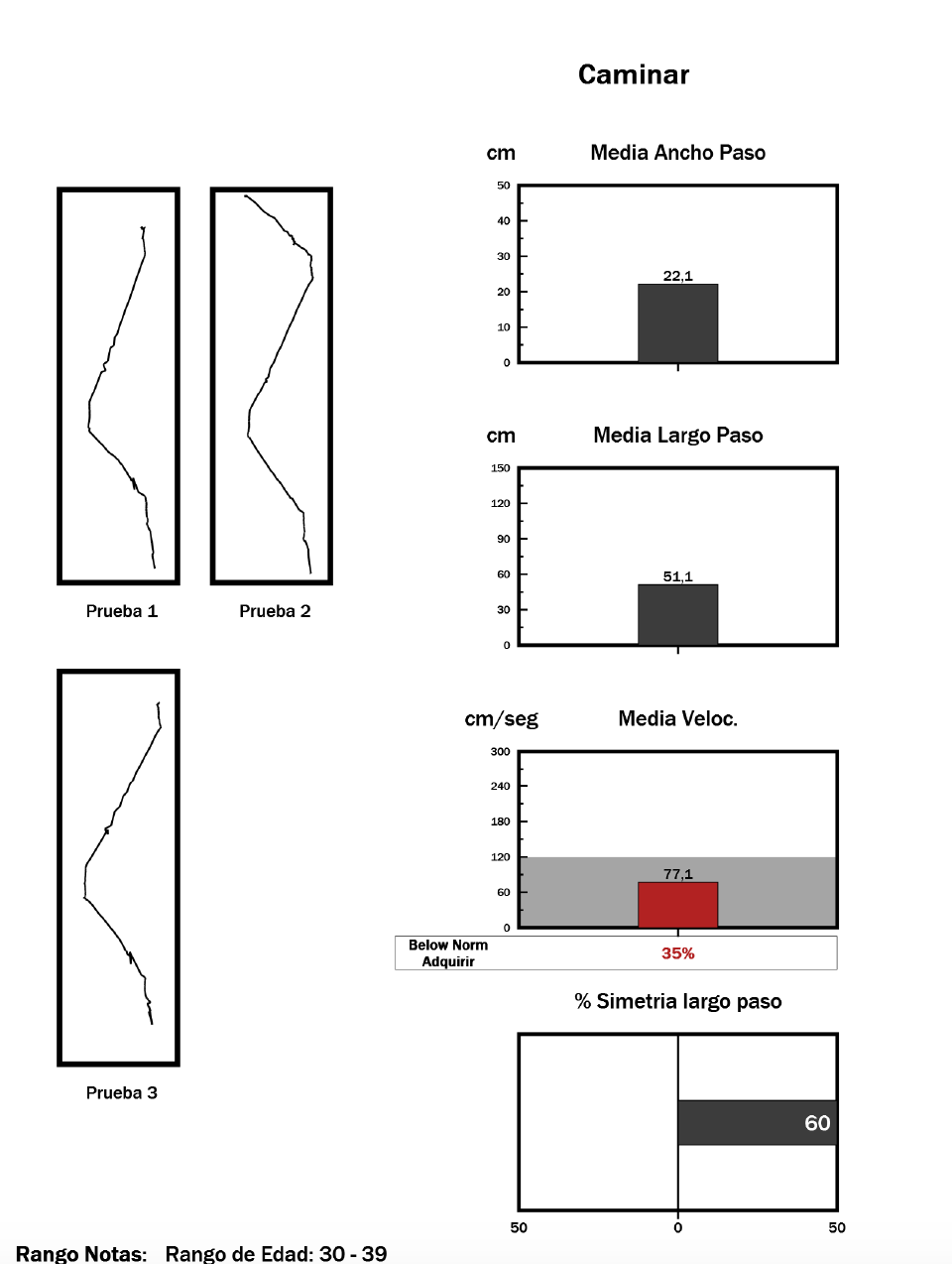Category: Rare Genetic and Metabolic Diseases
Objective: Report a possible alternative treatment for spastic gait in 2 adult patients with adrenoleukodystrophy.
Background: X-linked adrenoleukodystrophy is a peroxisomal hereditary disease with tissue damage because of very long fatty acids deposit. It has a heterogenous clinical picture, with early gait disturbance in adult patients caused by progressive polyneuropathy and/or myelopathy. As there is no curative treatment, almost all patients are dependent in a few years with need of walking aids. Our patients were offered Fampridine, given its efficacy and security proved in multiple sclerosis spastic gait, which shares white matter damage as main physiopathology.
Method: We describe two cases, a 35 year old woman and a 21 year old man with X-linked adrenoleukodystrophy and gait disturbance. After signing informed consent as off labeled use, they were treated with Fampridine 20mg per day. They had progressive gait disturbance of 4 and 3 years of evolution at the moment they started Fampridine. We quantified gait before and after treatment with neurological examination, 25 feet-walk test (T25FW), gait scale (MSWS) and Posturography (Neurocom Balance Manager System). Rehabilitation or other pharmacological or non-pharmacological treatments were not initiated during the Fampridine evaluation period.
Results: We found improvement in speed walking, step distance and symmetry in both patients 3 months after the Fampridine beginning. T25FW and MSWS also improved. Neurological examination showed Gait and pyramidalism improvement 3 months after beginning of Fampridine which sustained one year later.
Conclusion: Both patients had gait improvement measured by clinical, subjective and objective outcomes. None of the patients reported adverse events or discontinuation of the treatment. In our experience Fampridine has proven to be safe and effective as a possible treatment for spastic gait in X-linked adrenoleukodystrophy. More studies are needed to prove its effectiveness
References: 1. X-linked Adrenoleukodystrophy: Pathogenesis and Treatment. Engelen M et al. Curr Neurol Neurosci Rep. 2014; 14:486 2. X-linked adrenoleukodtstrophy in women: a cross-sectional cohort study. Engelen M et al. Brain. 2014; 137:693-706 3. Assessment of the efficacy and safety of Fampridine. Mejuto B. Farm Hosp. 2017;41(2):283-291 4. Monitoring long-term efficacy of Fampridine in gait-impaired patients with multiple sclerosis. Filli L et al. Neurology. 2017; 88:832-841 5. Predicting responsiveness to Fampridine in gait-impaired patients with multiple sclerosis. Filli L et al. Eur J Neurol. 2019;26(2):281-289
To cite this abstract in AMA style:
E. Gisbert Tijeras, N. López Aríztegui, M.I Morales Casado, F. Muñoz Escudero, A. Fernández, N. García Alvarado, Á. Jamilena López, A. Fernández-Corada. Adrenoleukodystrophy Spastic Gait: Treatment with Fampridine [abstract]. Mov Disord. 2020; 35 (suppl 1). https://www.mdsabstracts.org/abstract/adrenoleukodystrophy-spastic-gait-treatment-with-fampridine/. Accessed April 20, 2025.« Back to MDS Virtual Congress 2020
MDS Abstracts - https://www.mdsabstracts.org/abstract/adrenoleukodystrophy-spastic-gait-treatment-with-fampridine/

